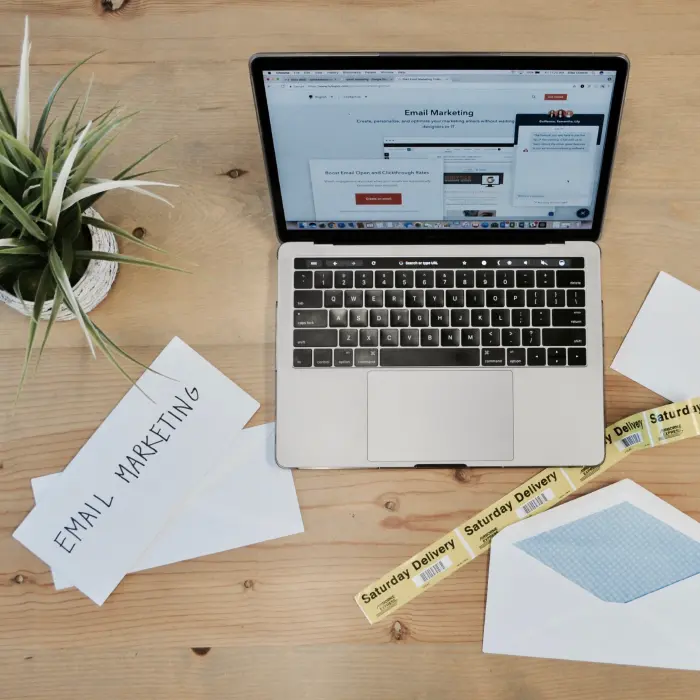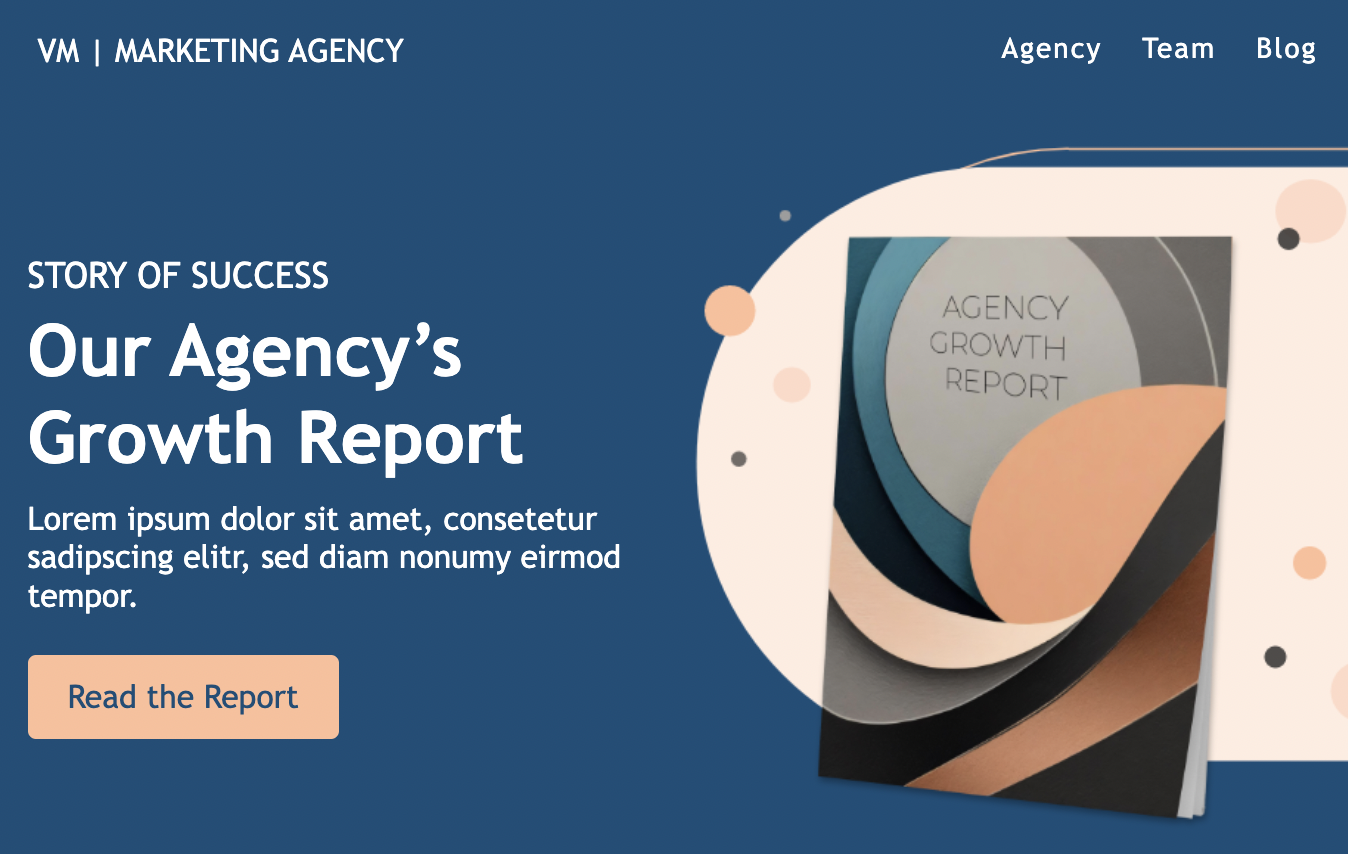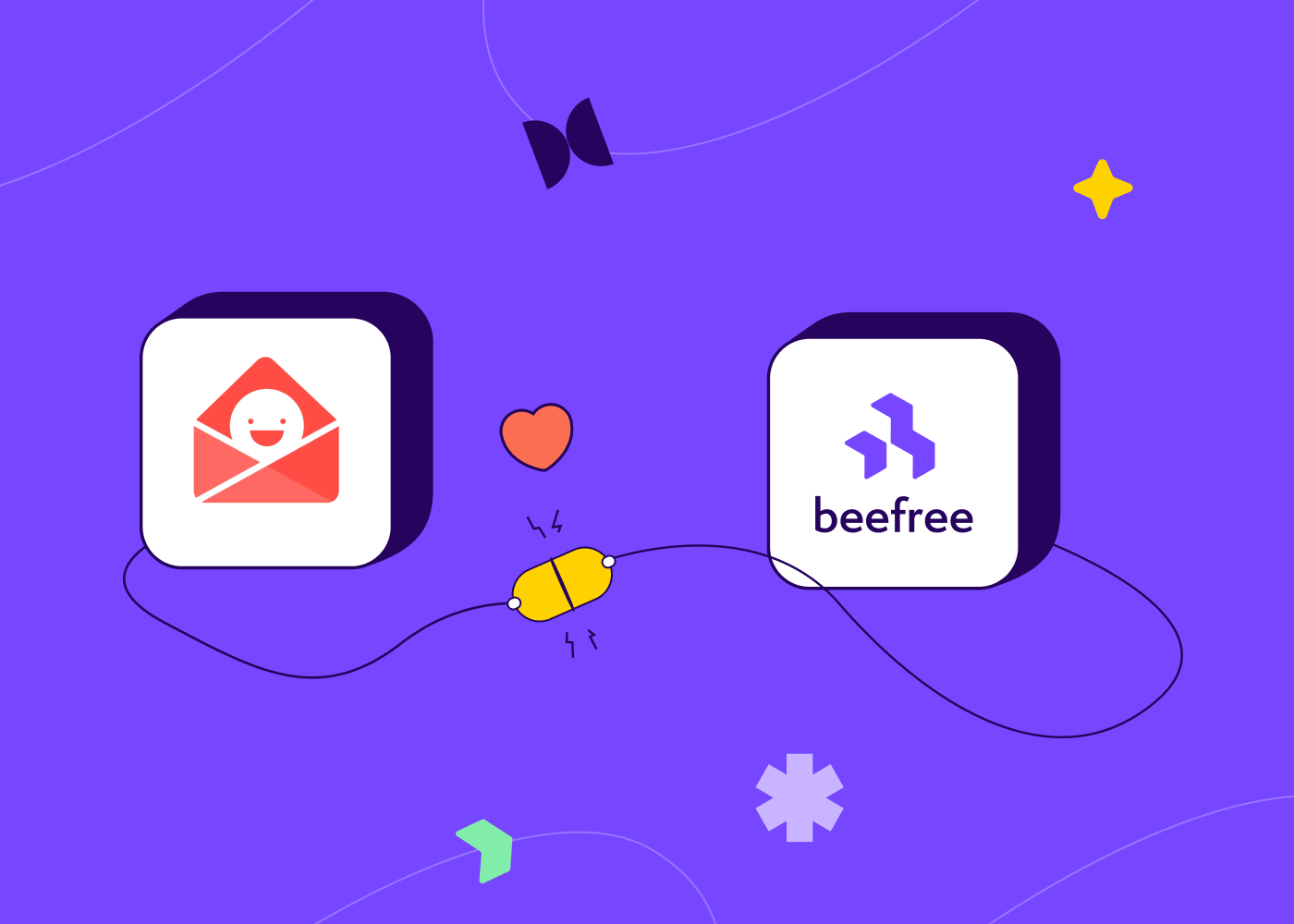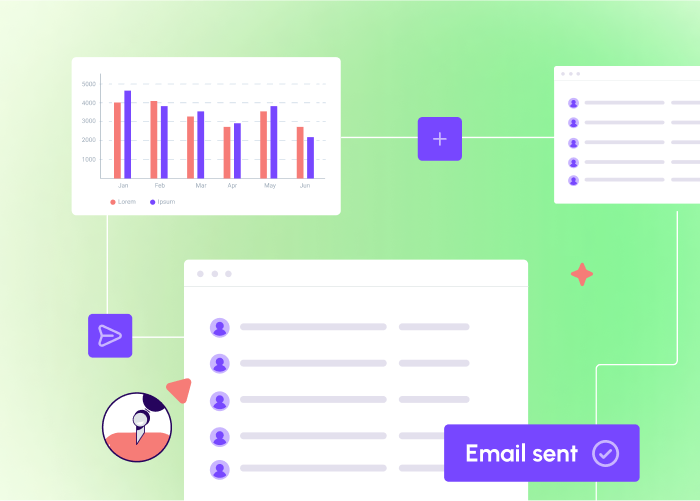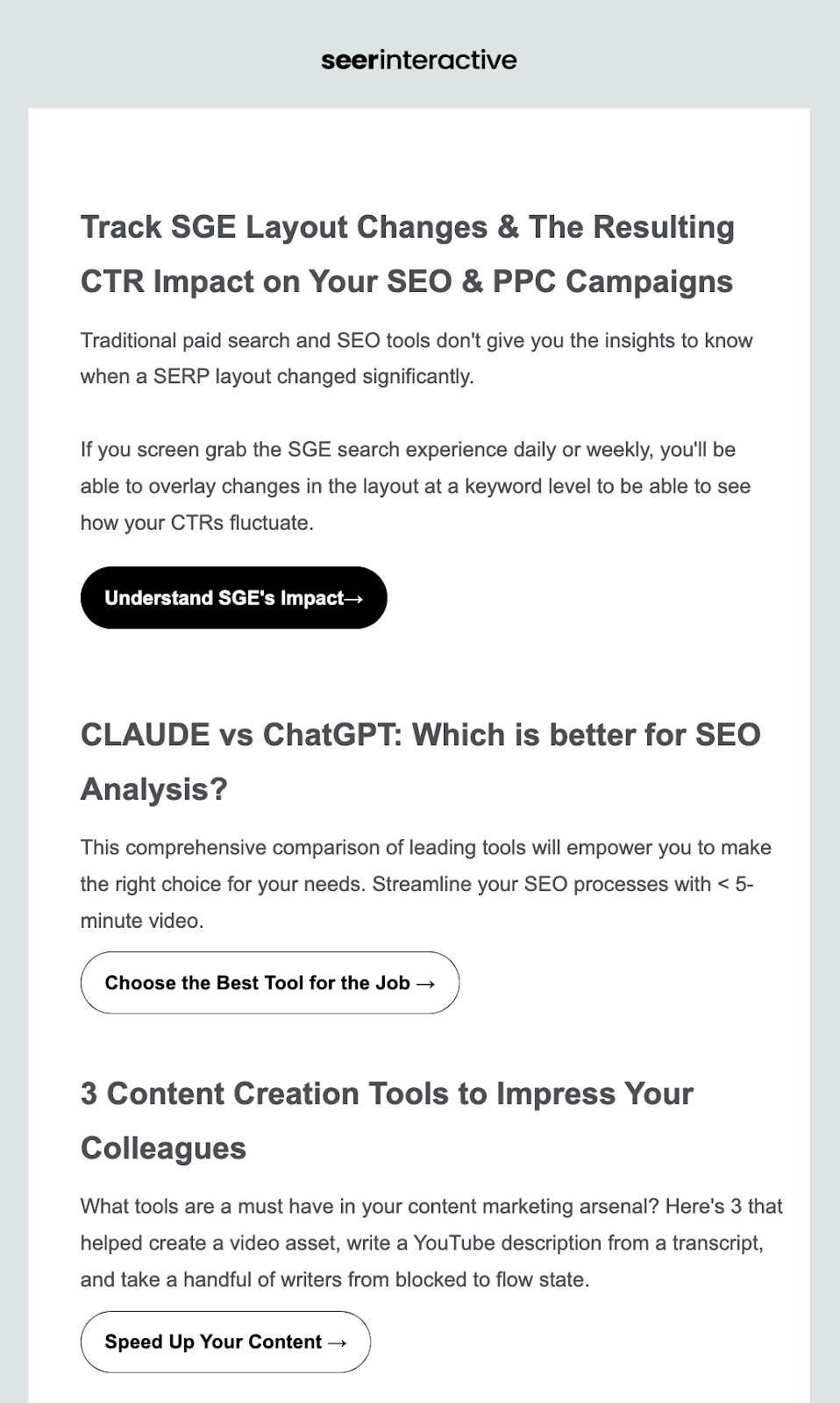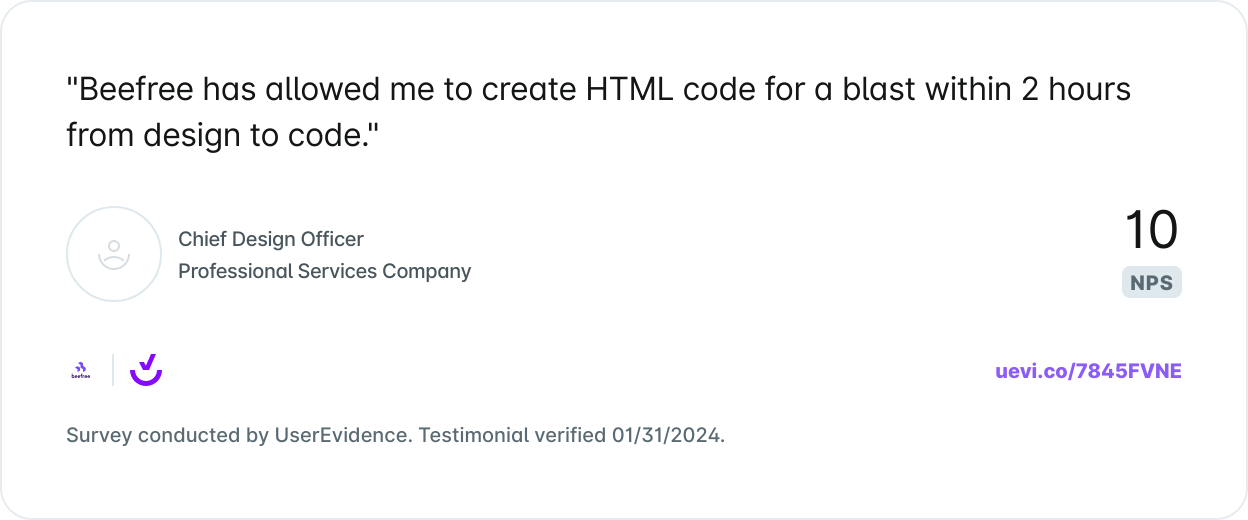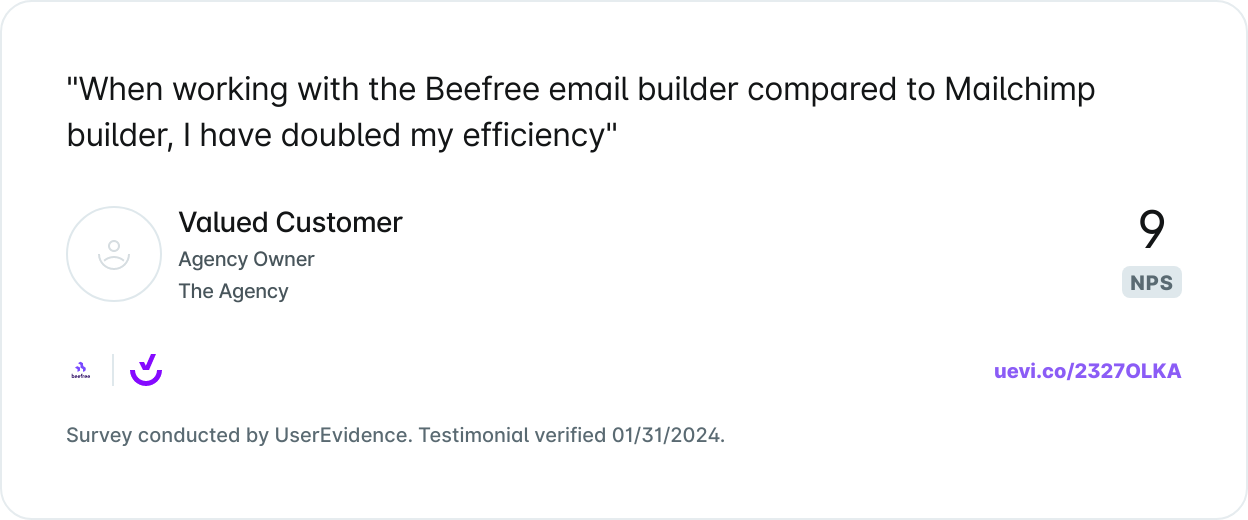Email marketing is one of the most effective tools for E-commerce. In fact, according to a survey conducted by Constant Contact, more than 90 percent of respondents consider email marketing crucial to their company's overall success. The scale of email communication is staggering, with a whopping319 billion business and consumer emails being sent and received every day. The impact of email marketing on consumer behavior is evident, as 34 percent of consumers express a higher likelihood of making a purchase through email marketing campaigns.As email marketers, it is essential that the right message is sent to the right person. Email segmentation helps with this.In this guide, you’ll learn why e-commerce email segmentation is so powerful, plus six ways to segment your email subscribers and increase sales.
Why E-commerce Email Segmentation Matters
Email marketing is one of the oldest digital marketing channels, yet it still outperforms video marketing, social media, and content marketing.Social media platforms like Instagram and Facebook have become the internet’s town square. Everyone is trying to shout the loudest to get the attention of their market. As a result, the average CTR for e-commerce brands on Facebook hovers around 1.5 percent — but the average CTR for retail brands using email is 3.39 percent, over 100% better than Facebook. Email is a more personal and direct method of communication than social media or other marketing methods, and that’s largely why it’s so successful.

These average numbers show how the statistics of top performers are being dragged down by mediocre performers, skewing the results. In reality, personalized emails can deliver up to 760% more revenue than emails that aren’t personalized.Not only are you able to get more people to interact with your emails and land on your website by sending customized emails, but customer satisfaction is also higher because you’re showing subscribers things they care about. When they care about your messages, they’re less likely to stop opening your emails or unsubscribe.Whether you’re a new e-commerce business or you’ve been in the game for a while, email should have a prominent role in your marketing plan. If you need help getting started with advanced segmentation, there are plenty of email marketing agencies that can help out. You might not have an issue producing your emails, but planning and strategizing how to send them out is equally as important. Let’s look at a few actionable ways to segment your email subscribers so you’re able to send better email marketing messages and reap the rewards.
Ways To Segment Email Subscribers
Before we jump into the different methods of segmentation, it’s important to note that you shouldn’t attempt all of them at once. The ones you choose will depend on your business, stage, and goals.For example, if you’re just starting your e-commerce business, purchase history segmentation may not make much sense; instead, demographic segmentation may be a better option. Choose the methods that will give you the best results in the shortest time.
- Purchase History Email Segmentation
People can say almost anything if they think it’s what you want to hear. For example, if you send out a customer satisfaction questionnaire about a buyer’s experiences while shopping with you, they may not be as critical as they actually feel. This is often the result of the acquiescence bias: Survey respondents tend to agree with all of the questions even if they’re in doubt.In contrast, people will almost always spend money on what they truly want or need. So if they’ve purchased an item in the past, they have a clear interest and are likely to purchase something similar in the future.

In this example from ASOS, the message focuses on shoes. This was sent to my personal inbox because I regularly buy shoes and outerwear from the store. Roughly 70 percent of the messages I get from ASOS are about shoes or jackets. The remaining 30 percent are other products or sales promotions.Even though a customer may have bought just one specific brand from you in the past, that doesn’t mean they won’t buy other brands. The same goes for product categories. Don’t segment customers so they never get emails about your other products.In fashion e-commerce, send more emails relevant to their purchases and browser behavior, but always sprinkle in messages about other product categories and brands that could be of interest.If you’re using a popular e-commerce platform like Shopify or Bigcommerce, it most likely has deep integrations with most email marketing services. You can pull in past purchase data and design email sequences that feature the right products.
2. Multiple Page Visits
Think about how you shop for products: You may come across an item while browsing a site. It catches your attention but you’re not ready to buy it at that moment, because you want more information or you get distracted.After some time, if you’re still interested, you’ll go back to the page and check out the item a bit more. Sometimes you buy it and sometimes you don’t.This is a great opportunity for an e-commerce brand to capitalize on that interest and use email segmentation. If someone visits a page only once, they may or may not be interested. If they visit multiple times without buying, however, there’s probably interest — but there’s also something stopping them from purchasing.Trigger an email sequence to begin after someone visits the same page more than once, giving the visitor more reasons to purchase. If it’s a big-ticket item like furniture, you can use language in your emails that focus on the quality and the different ways they can enjoy it.When it’s something less expensive, you can offer a discount that’s time-sensitive or an incentive like free shipping. This type of behavioral segmentation is a powerful way to deliver the right messages to your customers.

In this example, Uniqlo offers a discount for an item the reader has shown interest in and goes a step further by recommending complementary products.Email marketing services designed for e-commerce will allow you to sync your product catalog and dynamically insert relevant products. All you need to do is set specific conditions that will make the email sequence trigger.
3. Email Behavior
Email behavior is an often-overlooked way to understand the preferences of your customers and subscribers. As an e-commerce store, it’s common to have multiple product categories, but many of your customers will only be interested in one or two.For example, I shop at Beardbrand occasionally. They’ve expanded their catalog to include clothes, hair products, and body products. Beard oil and beard wash products interest me so I ignore almost every other email.

This doesn’t mean Beardbrand is irrelevant to me as a company. It just means the other categories aren’t meeting my needs. The company would save energy by observing my preferences and sending me more emails related to beard products. Though I’m a happy Beardbrand customer, its email marketing plan can be improved with a few strategic changes.In your email marketing service, set up tags or a scoring system that takes into consideration the kind of content people are opening and clicking on. If they mostly open content related to a single product category, add them to a specific list (or segment) that focuses on those kinds of products.Once they’ve been added to the list, reduce the number of general emails they get (but don’t stop them completely). You may have to do a bit more work maintaining separate lists, but the increased conversions will more than make up for it.
4. Cart Abandonment
Cart abandonment is a serious problem in e-commerce; though the statistics vary depending on the source, it’s always above 50 percent. In fact, a study by Barilliance pegged the average cart abandonment rate at 78 percent.Almost 80 percent of customers are leaving after initiating the checkout process. One of the major reasons for this is higher than expected shipping costs, which doesn’t happen in traditional retail — when was the last time you spent thirty minutes filling up your cart only to leave it abandoned in the aisle?You can win back people who abandoned their cart by segmenting them into different groups and sending follow up emails. For example, you can communicate with a returning customer differently than you would a new customer. Or, if the cart value is above a certain threshold, you can offer free shipping or a discount on the order. In every case, however, it’s important to address the common objections you know your customers have.

This example from Jack Wills follows many best design practices for cart abandonment emails: It has a catchy subject line, shows the items that were left behind, gives an incentive, and has a clear CTA.Don’t stop with a single cart abandonment email. Every niche is different, but as a general rule, start with a cart abandonment sequence that has at least two emails. Test the messaging, the time intervals between messages, and even experiment with including social proof — such as reviews, star ratings, and testimonials. These can push up the appeal of your productsWhen you’re happy with the performance of your email sequence, add a few more messages. Observe whether you're able to improve your ROI. If people complain or it doesn’t create much additional revenue, go back to the initial two-part sequence then try again with a different angle.
5. Interactive Quizzes and Opt-In Surveys
When people think of interactive quizzes, they tend to focus on the personality quizzes Buzzfeed made popular. In reality, though, quizzes are much more versatile.Use quizzes to recommend products based on your customer’s preferences and segment them into the proper lists or tags. You can also use simple opt-in surveys to find out this information.The key with quizzes and opt-in surveys is choosing the right topic and asking relevant questions. There’s a natural tendency to ask tons of questions that will only benefit you. People will answer every question but they also want to enjoy the process. If they feel the questions aren’t relevant, they’ll abandon the quiz, which means you won’t have the information you want and they won’t get a personalized product recommendation.Choose a topic that will have wide appeal for your audience. For example, if you’re selling bikes, you can create a quiz that helps customers find the right bike for them. If you’re selling clothes, you can make a relevant quiz for each category. Aim for around seven questions and use a mix of text and image answers.

The outcomes are where the magic happens. Incorporate a portion of each person’s answers into the outcomes so it feels like the recommendation is just for them.Even if someone doesn’t buy based on the product recommendation, you now have several deep insights about their preferences. Use that knowledge to continue sending personalized messages over time.
6. Demographic Email Segmentation
The final e-commerce email segmentation method is based on the demographics of your audience. Not all demographic information is important for every type of e-commerce brand.For example, if you’re selling toothpaste or other essentials, you may not need to know the gender of your subscribers. If you’re selling shirts, however, gender is very important because men and women don’t typically buy the same shirts.That’s why the first step is understanding what demographic information matters to you. Do you need your customer’s age, income, gender, or education level? At first, focus on the single most important factor and segment people based on that. When you get more comfortable, you can layer on other demographic factors.Once you know what criteria you want to use to segment your customers, find the touchpoints you can use to collect that information. You might choose to make your ask when they’re signing up for your mailing list, when they’re about to check out, or even during your welcome sequence.When you get the information you need, add each customer to the relevant lists in your email marketing software. Then initiate an email sequence that shares your most popular products and content based on their demographic segment.For example, if you’ve segmented subscribers based on gender, send popular content and products that appeal to their specific gender. That means you’ll send popular products for men to one group and popular products for women to another group.They’ll interact with the content or buy the products they have the most interest in. Layer purchase or email behavior on top of demographic data and create even more targeted e-commerce email marketing campaigns.Demographic segmentation is powerful, but often, it’s too general. Think of it as a necessary intermediate step that helps you get a deeper understanding of your audience’s preferences.
Segment Your Emails and See A Higher ROI
E-commerce email segmentation is no longer optional. The largest retailers in the world have been using it for years, and your customers have come to expect it.Pick one or two of these six methods of e-commerce segmentation and focus on them until they’ve yielded a positive ROI. Once you’re happy with those results, move on to the next strategy. Over time, you’ll come to realize that no other channel can compete with the return you get from email marketing.
